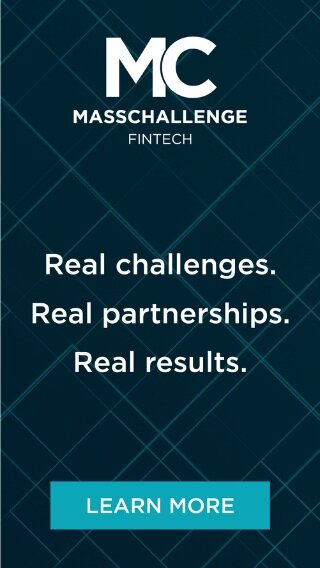The future of BNPL
/Rory Herriman, chief technology officer at buy now, pay later fintech provider Zip, spoke at Tearsheet’s Power of Payments Conference in New York last week. Here are some highlights from his remarks. Comments have been edited for clarity.
What is your role at Zip?
I'm chief technology officer and chief product officer. We have an integrated approach to product development, where we combine our product teams, our engineering teams and our data teams into a unified group, focused on building these next-generation solutions.
I joined Zip just about 10 months ago. Before I got to Zip, my impression of buy now, pay later (BNPL) was that it was a payment product that was really tailored to the impulsive purchasing of discretionary goods. I think that's a common misunderstanding that exists within the payments and lending space. I want to introduce you to this concept called BNPL 2.0.
What is BNPL 2.0?
I think prior to 2018, the statistics show us that somewhere around 80% was focused on consumer electronics and fashion products. But that's not what BNPL Is today. BNPL today is a core payment [method] for people's everyday lives. What we see happening in this particular short-term installment lending space is that increasingly, consumers are using these types of offerings less for that impulsive buy—and certainly that still happens—but more as a way of filling the cash flow voids. They're using it on things like groceries. They're using it on things like utility bills. They're just smoothing the sort of variability within their overall cash flow space. That's increasingly where we're seeing these products go. It's gone from that sort of nascent form of payment to now an increasingly mainstream form of payment.
What’s unique about BNPL compared to loans or other credit products?
The mechanics of these types of payment products are unique in the credit space. It’s difficult for a consumer to get into trouble. If you miss an installment payment then you can't take out any more installment loans. You don't get late fees on top of late fees.
What is the target market?
It's people who have an income [and] may not have traditional credit structures that we would typically call creditworthiness. I think that's a poorly-used term, but [it’s] people who may not be participating in the general credit machine—those individuals are still needing to be served. The overall market of those underserved Americans is large.
The BNPL 2.0 generation is not so much ‘I want to go buy a new TV.’ It's much more, the segment that cannot afford an unexpected financial event in their lives. They have to make that decision between ‘Am I going to pay an unpaid electric bill? Am I going to do a car repair, or am I going to buy groceries?’ That's where you're starting to see installment credit [playing a role].
How do consumers interact with Zip?
Zip shows up in three ways.
We are a payments provider to merchants. If you are in an e-commerce experience, you're on a merchant's website [and] you have your cart full, you go to checkout. For some merchants, you will see an opportunity to select Zip as a form of payment.
We have a direct to consumer experience. So when you're in our app…you will see an opportunity to shop across any of the merchants in our network and you will have an opportunity to generate a virtual card, which you can then take to any merchant of your choosing.
The third one is more around our integration with platforms. If you check out with Google Pay, you could potentially be offered the option to use [Zip], or if you're in one of the multitude of e-commerce platforms—Shopify, Wix, et cetera—you might see it there. We're also integrated into the mainstream [web] browsers.
What are you focused on in terms of the product experience?
It's about making the product more accessible, easier, [with] less friction. It's still a loan. You still have to go through the decisioning process. You still have to take a consumer through Know Your Customer (KYC). You still have Truth in Lending Act disclosures. But how do you also make it easy, while somebody's standing in line to purchase groceries?
How does Zip approach product development?
We don't build products and then take them to the consumer. We just go ask them, ‘What do you want? What can we do for you?’ And then we translate that back into products that make sense for them, built on this common construct that we call the short-term installment loan.
How are you thinking about uses for AI?
For us, it's about learning how consumers transact and then using that data to marry your products to that behavior, not trying to get the consumer to change their behavior, to marry your product. That is the single most powerful thing that AI has in its toolbox that we think is a game changer.






